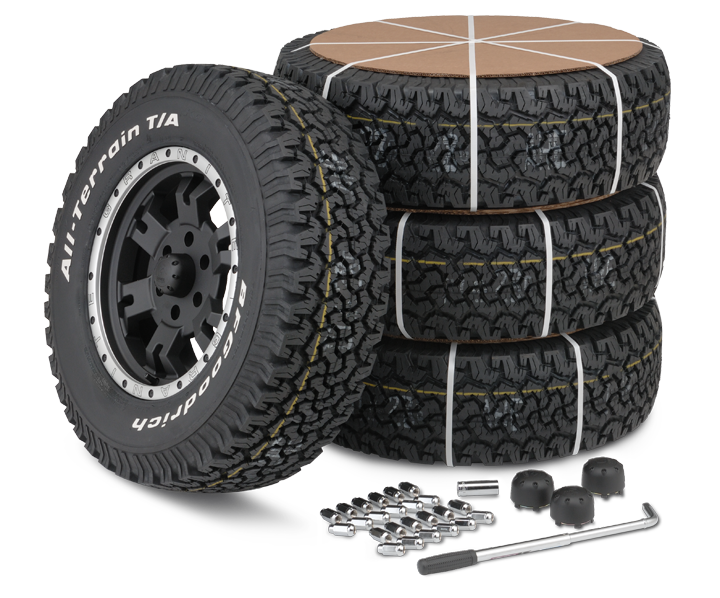Enjoy Big Savings on Discount Tires Morris IL: Shop Now for Bargains
Enjoy Big Savings on Discount Tires Morris IL: Shop Now for Bargains
Blog Article
Tire Service: Recognizing Tire Pressure Tracking Solutions
Comprehending Tire Pressure Tracking Systems (TPMS) is an essential aspect of maintaining optimal car efficiency and safety on the roadway. With advancements in automotive innovation, TPMS has become a typical feature in contemporary lorries, giving real-time info on tire pressure levels.

Value of TPMS
The importance of Tire Stress Surveillance Systems (TPMS) lies in their capacity to improve car safety and security and efficiency with real-time surveillance of tire stress levels. Keeping the proper tire pressure is crucial for guaranteeing ideal handling, braking, and general security of a car. TPMS provides motorists with instant responses on any kind of overinflated or underinflated tires, permitting timely adjustments to be made.
Components of TPMS
Sensing units are usually situated in the tire valve stem or connected to the wheel assembly, where they gauge tire pressure and transmit information to the control component. Some advanced TPMS designs likewise display the real tire stress analyses for each tire, providing vehicle drivers with real-time information to ensure ideal tire efficiency and safety. By checking tire pressure constantly, TPMS aids prevent mishaps, decreases tire wear, and boosts gas performance, making it a crucial part for automobile security and performance. morris tire and alignment.
Kinds Of TPMS

On the other hand, indirect TPMS relies upon the car's wheel rate sensing units to keep an eye on tire stress. This system identifies underinflation by comparing the rotational rates of the wheels. Indirect TPMS is less expensive than direct TPMS, as it makes use of existing sensing units within the car.
While straight TPMS provides extra precise analyses, indirect TPMS is simpler in layout and generally calls for less maintenance. Both systems have their benefits and limitations, and the selection between them commonly relies on elements such as price, vehicle make, and individual choice. Understanding the distinctions in between these 2 sorts of TPMS can aid vehicle owners make notified choices pertaining to tire maintenance and safety.
TPMS Maintenance Tips
Efficient upkeep of TPMS is important for making sure optimum performance and safety of your automobile. Regularly examining the TPMS sensors for any type of damage or rust is critical. Make certain that the sensing units are clean and free from debris that might disrupt their functioning. In addition, it is recommended to inspect the sensor batteries occasionally and change them as required to assure exact analyses. Conduct routine checks on the tire pressure degrees and contrast them with the TPMS analyses to ensure they correspond. If there are any kind of discrepancies, recalibrate the system complying with the maker's guidelines. Throughout tire rotation or substitute, make sure that the TPMS components are handled meticulously explanation to prevent any kind of possible damage. If the TPMS advising light brightens on the dashboard, address the problem without delay by checking the tire pressures and the total system for any faults. By adhering to these maintenance pointers, you can lengthen the life expectancy of your TPMS and enhance the safety of your driving experience.
Advantages of Proper Tire Pressure
Preserving correct tire pressure, as highlighted in TPMS Upkeep Tips, is critical for reaping the many advantages related to optimum tire pressure levels. One of the key advantages of preserving the appropriate tire pressure is boosted gas effectiveness. When tires are effectively inflated, there is less rolling resistance, causing better gas economic situation. Additionally, proper tire pressure makes sure also tire wear, expanding the life-span of the tires and promoting safer driving conditions. With the best tire pressure, automobiles additionally have far better handling and grip, especially in unfavorable climate condition. This can boost total driving efficiency and safety and security for the chauffeur and passengers. In addition, preserving optimum tire pressure can add to a smoother and extra comfortable trip by minimizing vibrations and sound caused by underinflated tires. In verdict, the advantages of appropriate tire pressure go beyond simply tire long life; they include enhanced fuel efficiency, enhanced safety, far better lorry efficiency, and general driving comfort.
Verdict
To conclude, comprehending tire stress tracking systems (TPMS) is essential for keeping ideal tire stress and making sure vehicle safety and security. By acknowledging the relevance of TPMS, recognizing with more info here its components, recognizing the different kinds offered, sticking to appropriate maintenance ideas, and realizing the benefits of preserving correct tire pressure, drivers can enhance their driving experience and lengthen the lifespan of their tires. Appropriate tire stress is vital to risk-free and effective vehicle operation.

Report this page